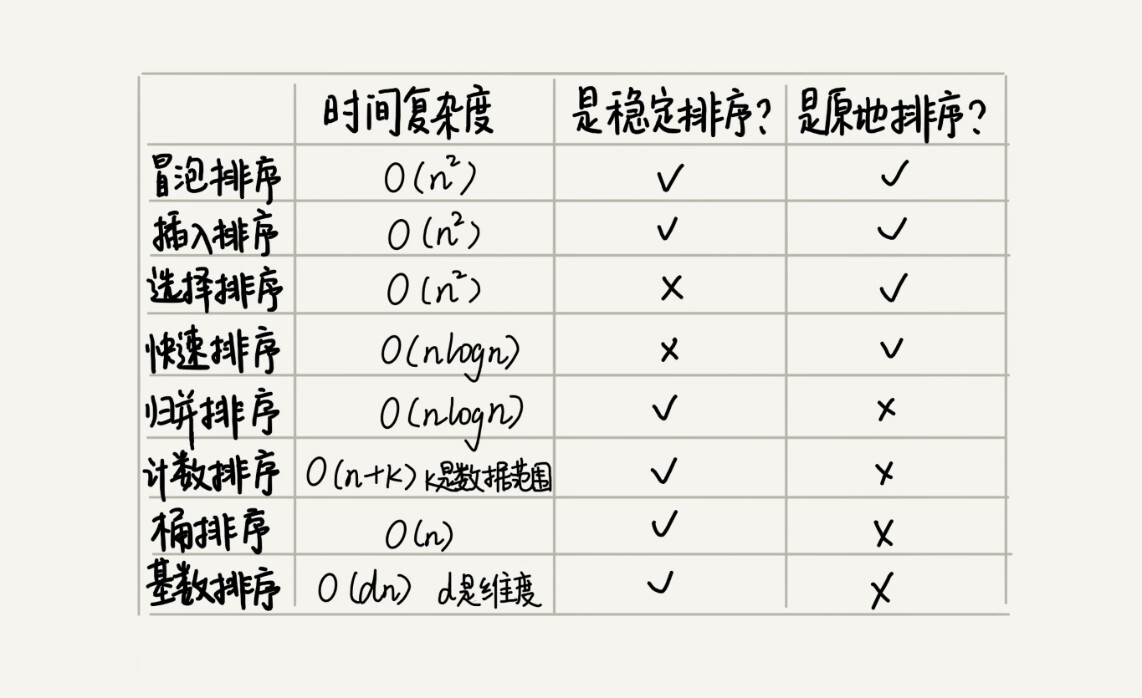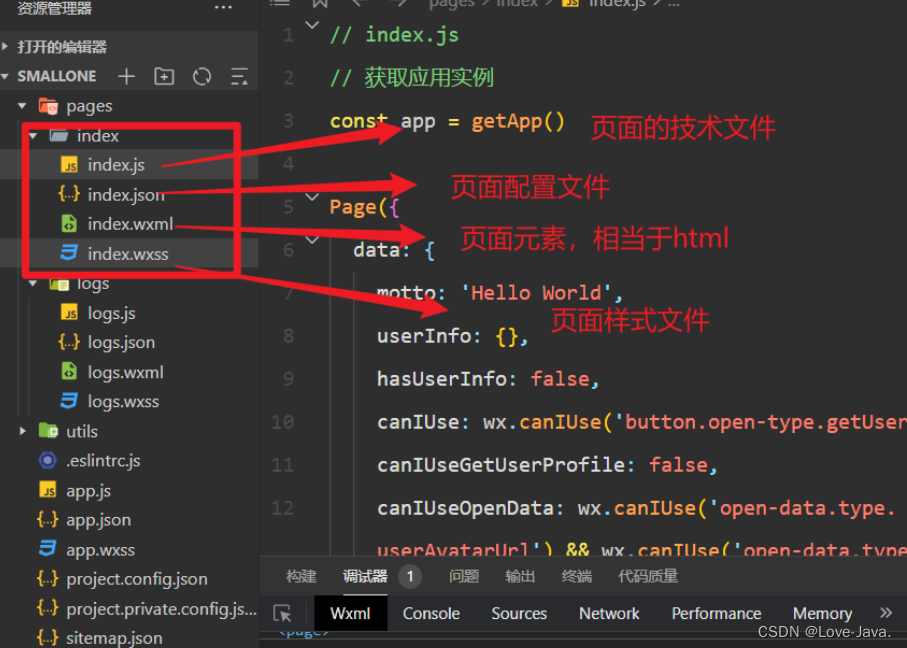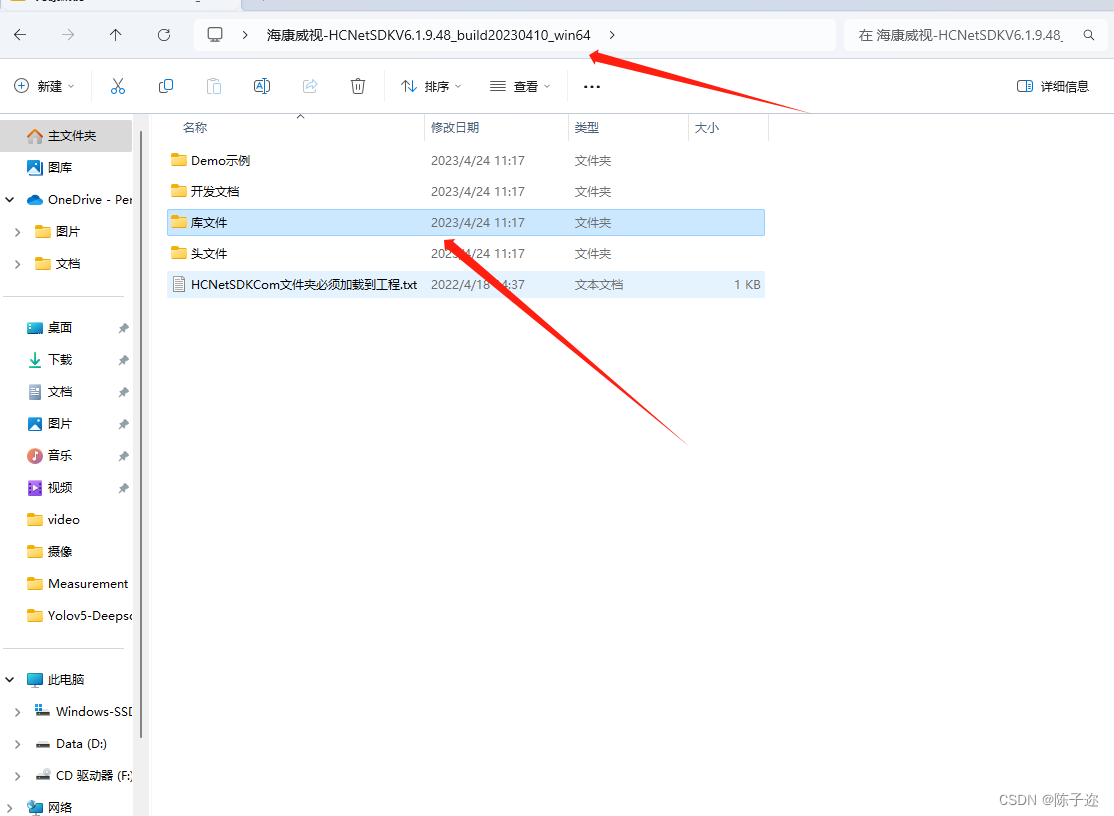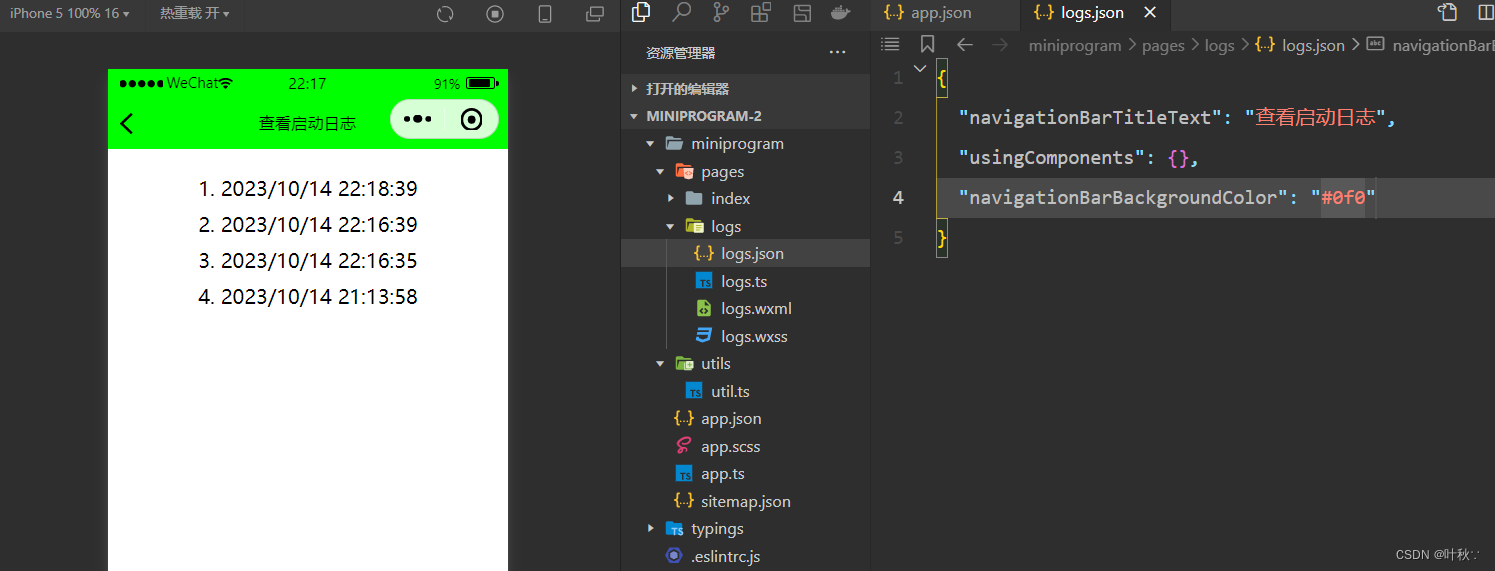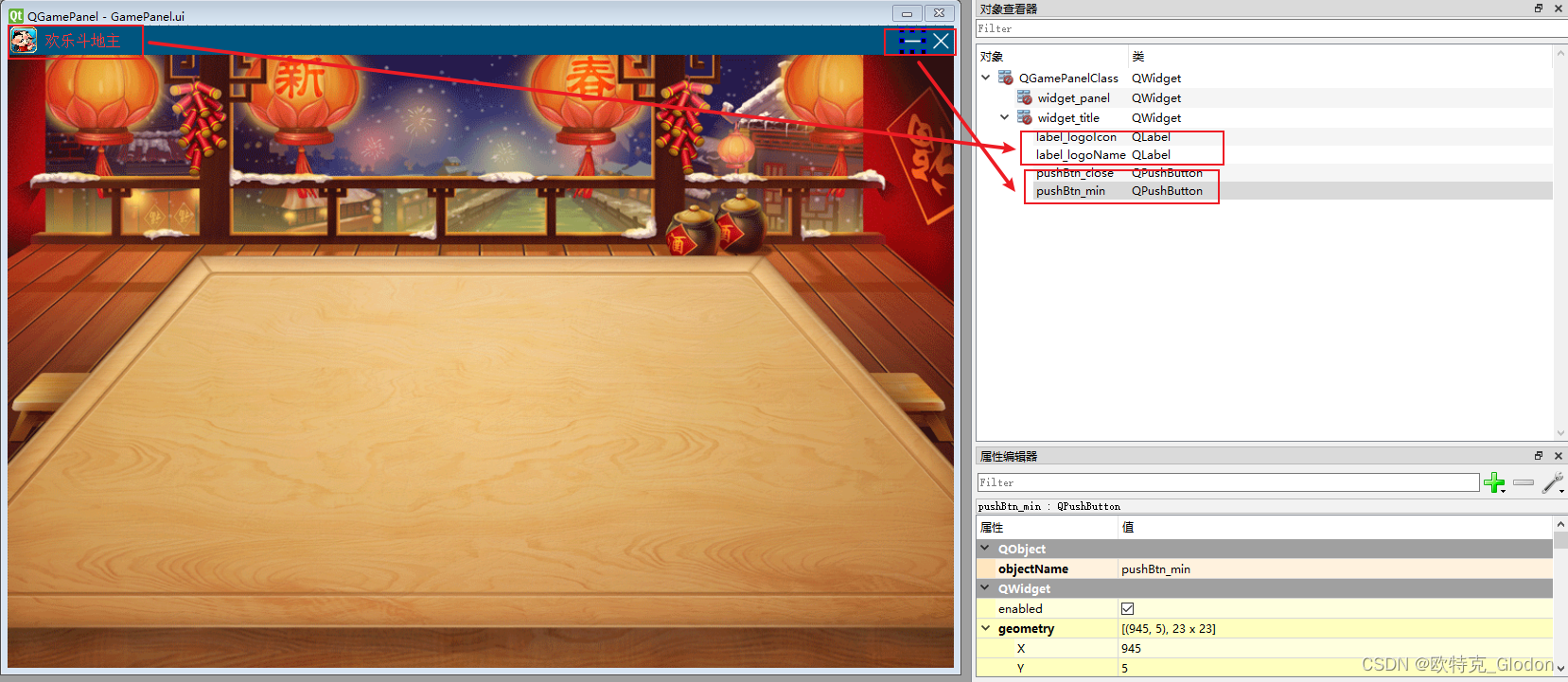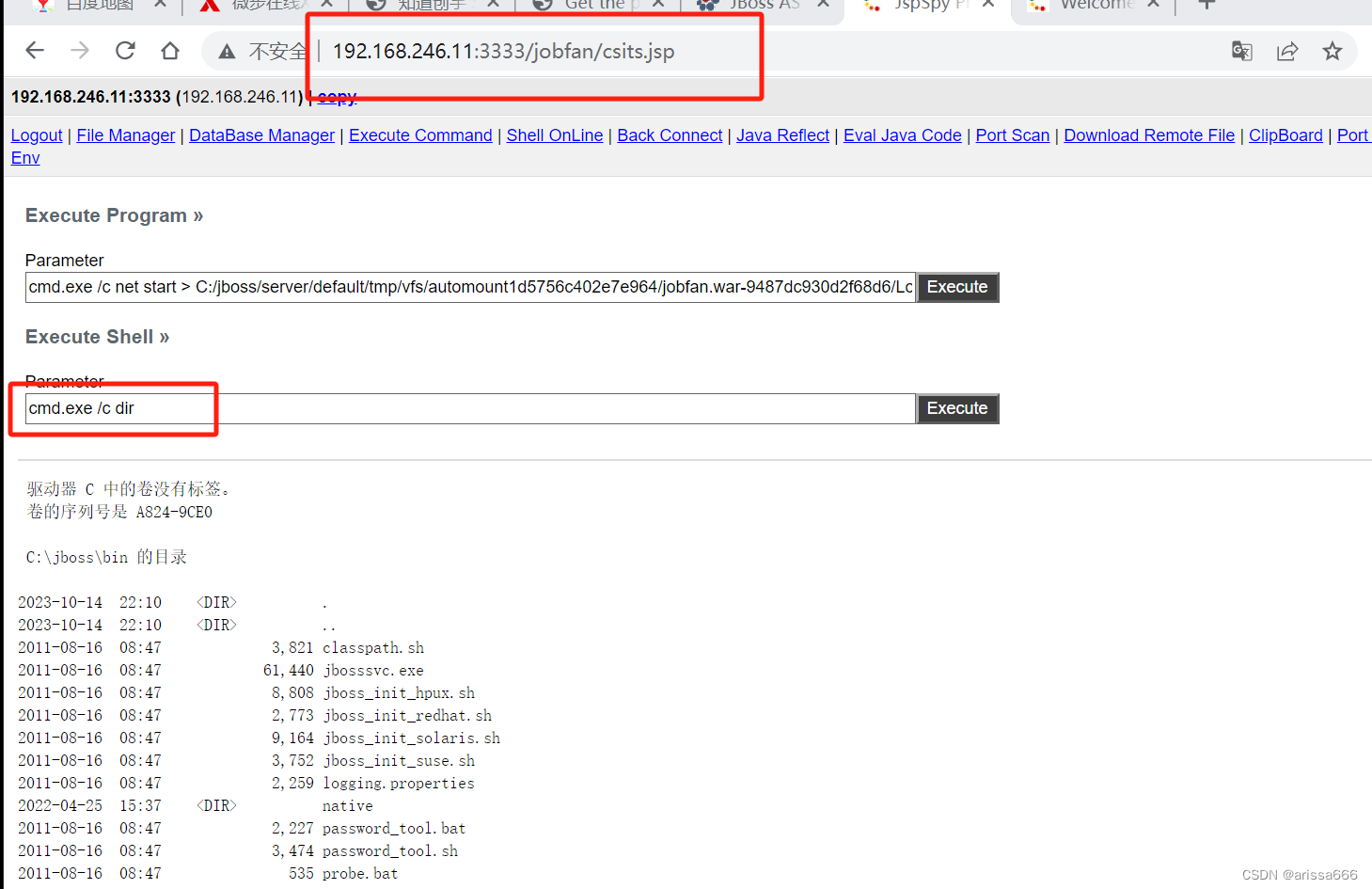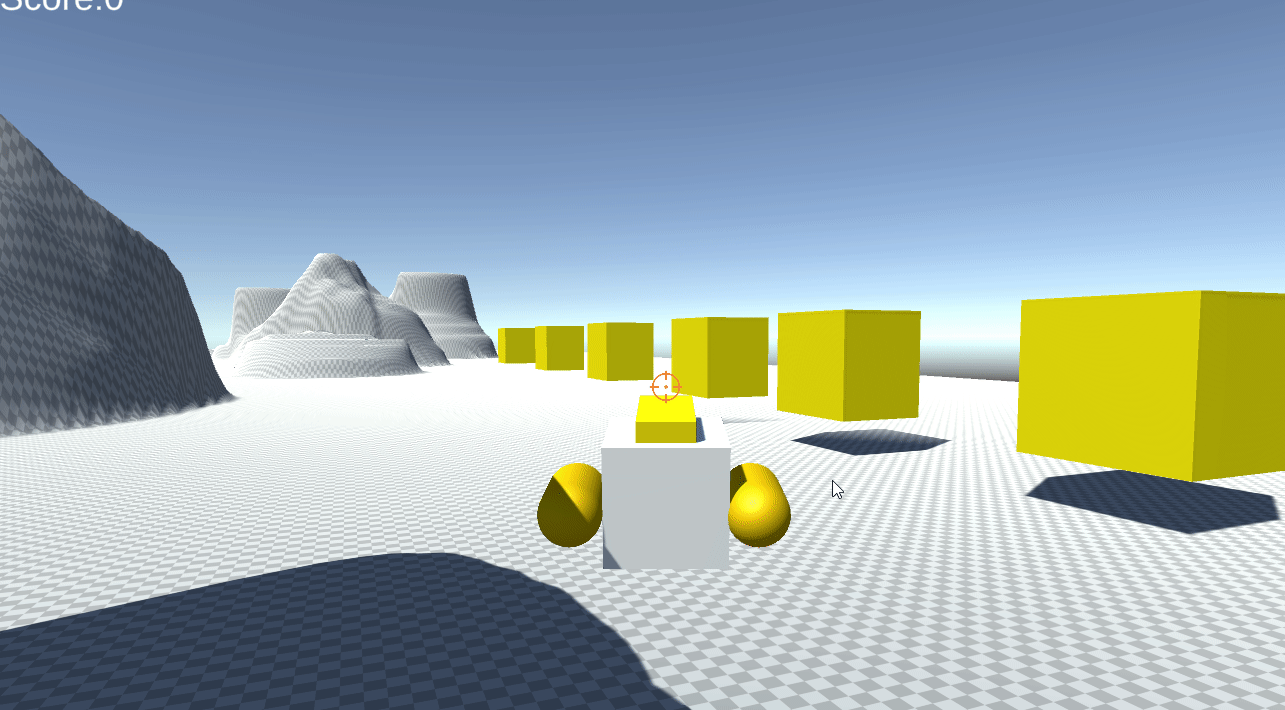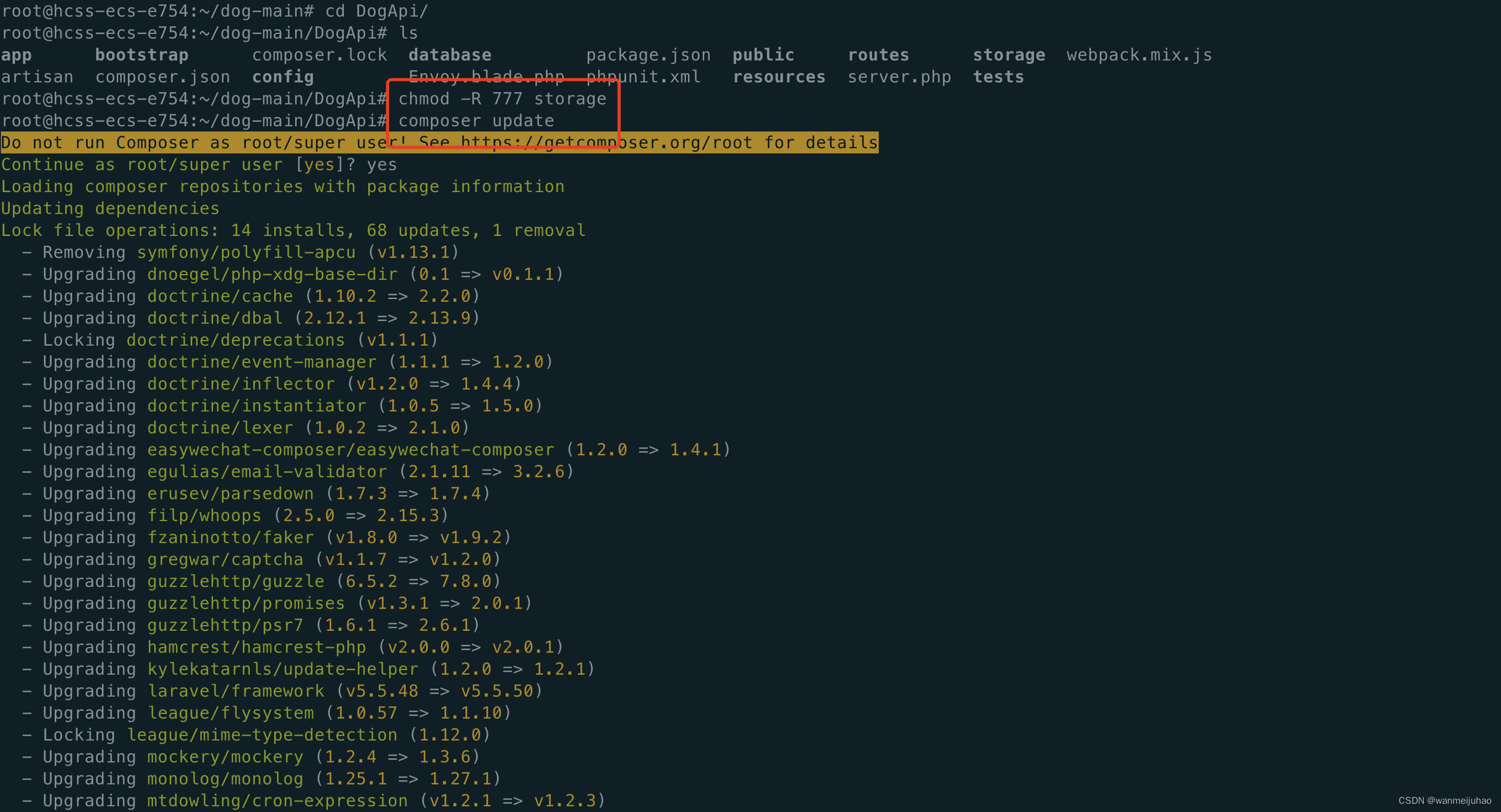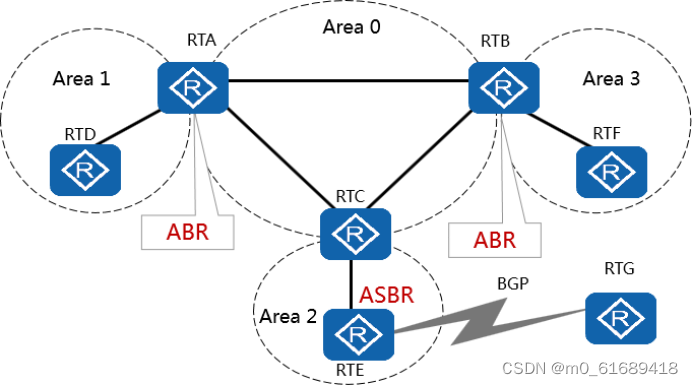实现一个二叉搜索树迭代器类BSTIterator ,表示一个按中序遍历二叉搜索树(BST)的迭代器:
BSTIterator(TreeNode root)初始化BSTIterator类的一个对象。BST 的根节点root会作为构造函数的一部分给出。指针应初始化为一个不存在于 BST 中的数字,且该数字小于 BST 中的任何元素。boolean hasNext()如果向指针右侧遍历存在数字,则返回true;否则返回false。int next()将指针向右移动,然后返回指针处的数字。
注意,指针初始化为一个不存在于 BST 中的数字,所以对 next() 的首次调用将返回 BST 中的最小元素。
你可以假设 next() 调用总是有效的,也就是说,当调用 next() 时,BST 的中序遍历中至少存在一个下一个数字。
示例:
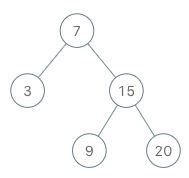
输入 ["BSTIterator", "next", "next", "hasNext", "next", "hasNext", "next", "hasNext", "next", "hasNext"] [[[7, 3, 15, null, null, 9, 20]], [], [], [], [], [], [], [], [], []] 输出 [null, 3, 7, true, 9, true, 15, true, 20, false] 解释 BSTIterator bSTIterator = new BSTIterator([7, 3, 15, null, null, 9, 20]); bSTIterator.next(); // 返回 3 bSTIterator.next(); // 返回 7 bSTIterator.hasNext(); // 返回 True bSTIterator.next(); // 返回 9 bSTIterator.hasNext(); // 返回 True bSTIterator.next(); // 返回 15 bSTIterator.hasNext(); // 返回 True bSTIterator.next(); // 返回 20 bSTIterator.hasNext(); // 返回 False
提示:
- 树中节点的数目在范围
[1, 105]内 0 <= Node.val <= 106- 最多调用
105次hasNext和next操作
进阶:
- 你可以设计一个满足下述条件的解决方案吗?
next()和hasNext()操作均摊时间复杂度为O(1),并使用O(h)内存。其中h是树的高度。
思路一:中序遍历
c++解法
class BSTIterator {
private:
TreeNode* root;
vector<int> t;
int cnt;
public:
BSTIterator(TreeNode* root) : root(root), cnt(0) {
stack<TreeNode*> s;
if (root == nullptr) return;
while (root || !s.empty()) {
while (root) {
s.push(root);
root = root->left;
}
if (!s.empty()) {
root = s.top();
s.pop();
t.emplace_back(root->val);
root = root->right;
}
}
}
int next() {
return cnt < t.size() ? t[cnt++] : 0;
}
bool hasNext() {
return cnt < t.size();
}
};分析:
本题可转换为求二叉树的中序遍历,利用栈来存储二叉树节点,先放入二叉树左子树,当左子树放完后再放入右子树,输出的时候根据栈中节点存放位置来输出,时间复杂度为O(n),空间复杂度为O(n)
总结:
本题考察对二叉树中序遍历的应用,利用栈来存储节点可使后面查找时的时间复杂度降低
